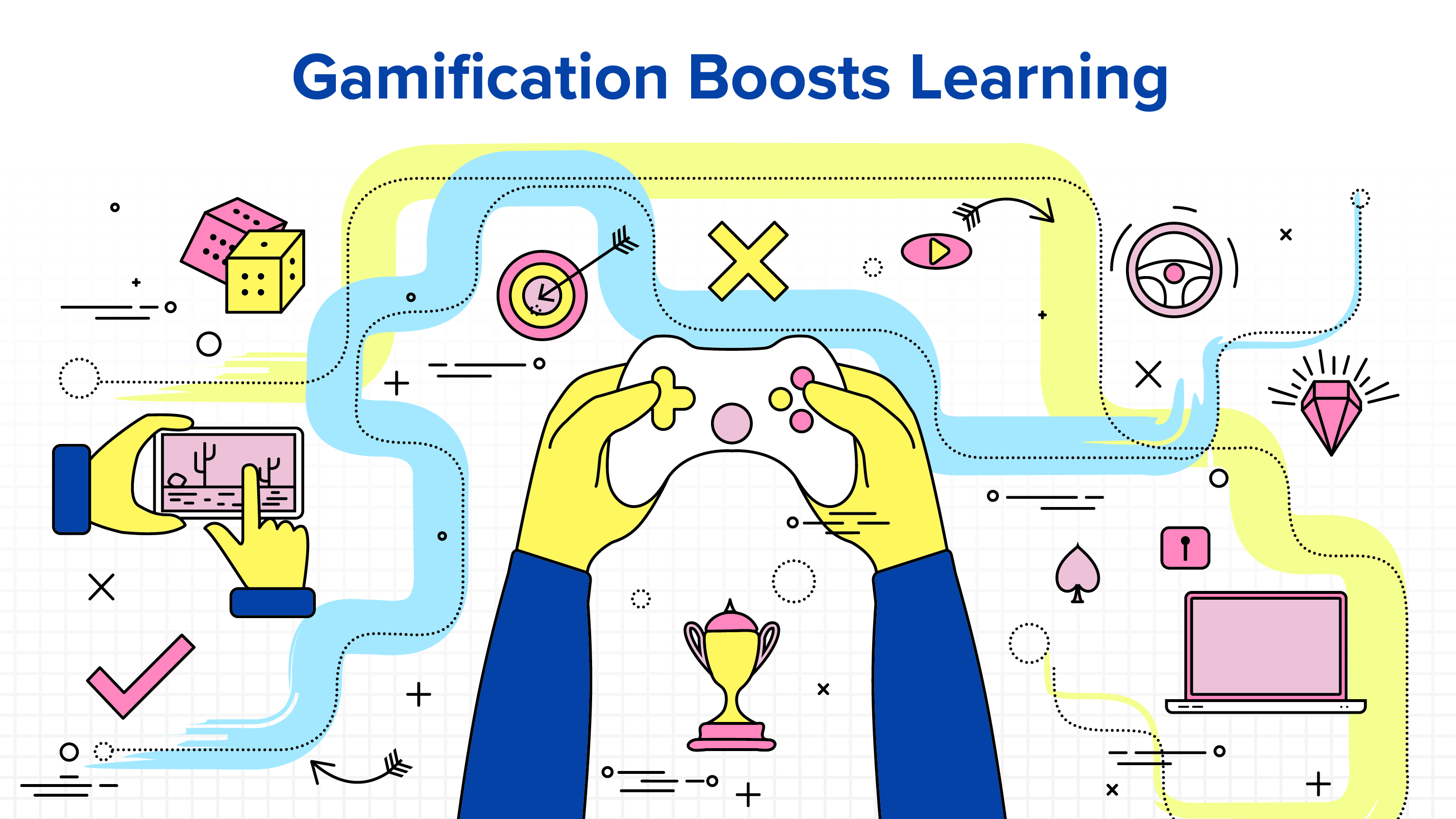
Although the modern notion of “gamification” has recently gained popularity in K12 education, the concept itself is not really new. Even in the days of the one-room schoolhouse, teachers used competition and game-related concepts like old-fashioned spelling bees to motivate students to learn new material.
Over the decades, simple card or board games have evolved to complex technology-based video games, which all capitalize on the human desire to compete, excel and win. Today, the video game market alone is projected to reach a revenue of $249 billion this year and is expected to grow at an annual rate of 9.8 percent through 2027.
Today, most students are familiar with the structure of these video games, which are designed using data-based evidence to keep players engaged. Research has indicated that incorporating gamification into the classroom can result in significant increases in student performance.
As a result, more educators are seeing gamification as an innovative approach to enhance classroom activities and make learning more engaging, interactive, and enjoyable.
What is Gamification?
Gamification is the application of game design elements and principles in non-game contexts, such as education, to motivate and engage learners. It involves turning various aspects of the learning experience into game-like activities, encouraging students to participate actively, solve problems, and achieve goals. This approach leverages the human inclination towards competition, achievement, and reward, making learning more enjoyable and effective.
Gamification vs. Game-Based Learning
Although the concept of gamification is similar to game-based learning, it’s important to acknowledge some key differences.
Gamification adds game elements to existing educational content to make it more interactive and engaging. For example, a teacher may create a system of points, badges, leaderboards, and challenges for particular subjects or units of study.
On the other hand, game-based learning utilizes actual games as the primary mode of instruction. Such games are explicitly designed for educational purposes and focus on specific learning objectives. Students learn through gameplay in a more immersive way. For example, many of the online quiz-creating apps integrate a game or battle alongside answering educational questions correctly.
Key Elements of Gamification
Some key elements that are part of educational gamification programs include:
Points and Scoring: Every game has some sort of scoring system to determine winners. By assigning points to educational tasks and activities, teachers can encourage students to track their personal progress and facilitate healthy competition.
Badges and Achievements: Capitalizing on student desires to “level up,” teachers can award badges or achievements for milestones or accomplishments to motivate students to complete tasks and master specific concepts.
Leaderboards: Creating leaderboards allows students to see how their performance compares to their peers, driving a competitive spirit and motivation to improve. Be sure to reward different gifts and skills so unique talents are recognized. Anonymous leaderboards can also be used to stoke competition while maintaining privacy.
Challenges and Quests: Framing lessons as challenges or quests adds a sense of adventure and excitement to the learning process.
Narrative and Storytelling: Incorporating a compelling narrative or storyline can make learning more engaging and memorable. Both storytelling and quests can be woven throughout a semester or school year to build a more cohesive learning landscape.
Feedback and Rewards: Providing immediate feedback and rewards for correct answers or progress helps reinforce learning.
Benefits of Gamification
Gamification can generate many benefits for K12 education. One recent study found an 89 percent increase in student performance via challenge-based, gamified learning.
Reasons for this increased effectiveness include increased engagement, higher motivation, enhanced retention, and more personalized learning. Like any educational tool, finding creative ways to incorporate gamification into the classroom can successfully enhance learning of particular subjects.
How to Add Gamification in Your Classroom
Are you ready to get started? Here is an easy-to-follow blueprint to incorporate gamification into your classroom. First, begin by defining clear learning objectives and align game elements with these goals to ensure their educational value. It can be easy to drift into the creative aspects of gamification and lose sight of the ultimate goal.
Once you have clear objectives, select the right gamification tools that will best suit your classroom's needs. Some of the most popular resources include Khan Academy, Quizlet, and Kahoot! You may also want to develop a storyline or challenge that can span weeks or months to build a collaborative, immersive experience for a particular subject or class section.
It’s important to provide feedback and rewards so that students can monitor their own progress or compete with classmates on an ongoing basis. Be sure to continuously assess the effectiveness of gamification in your classroom and adjust it to meet the evolving needs of your students.


